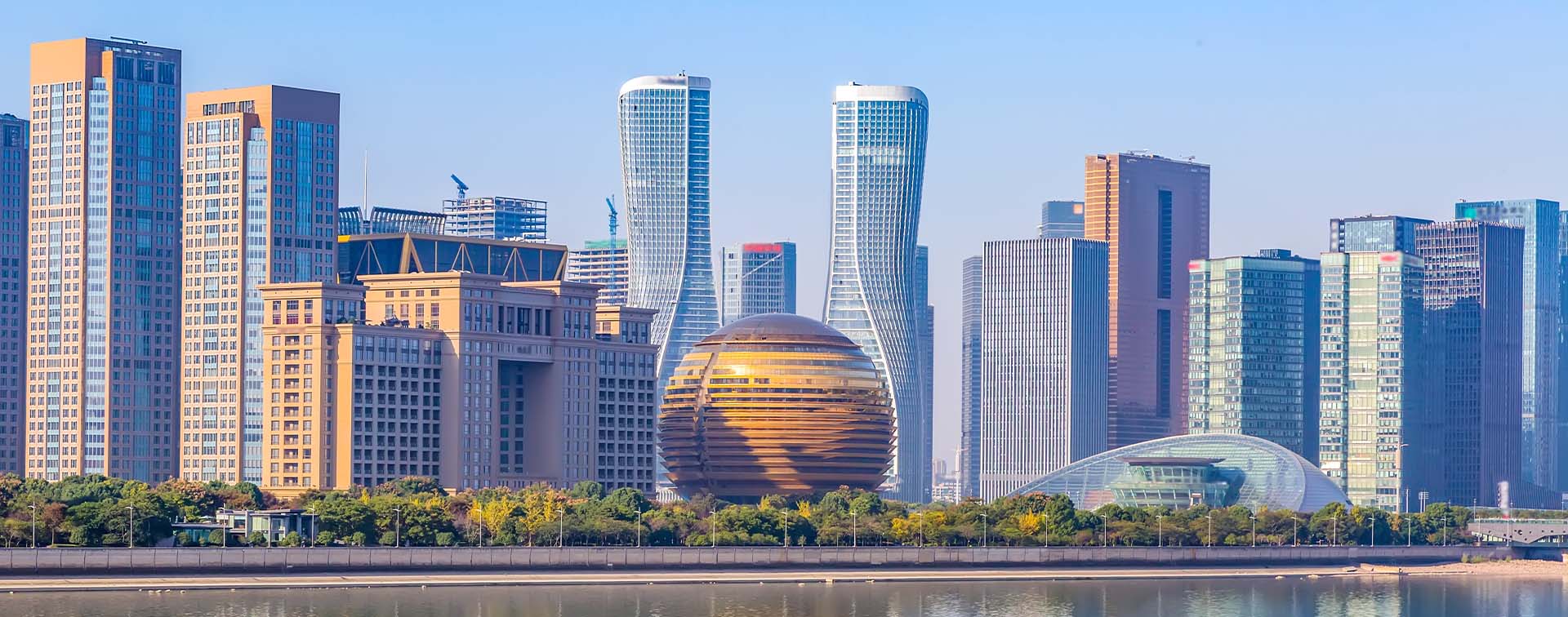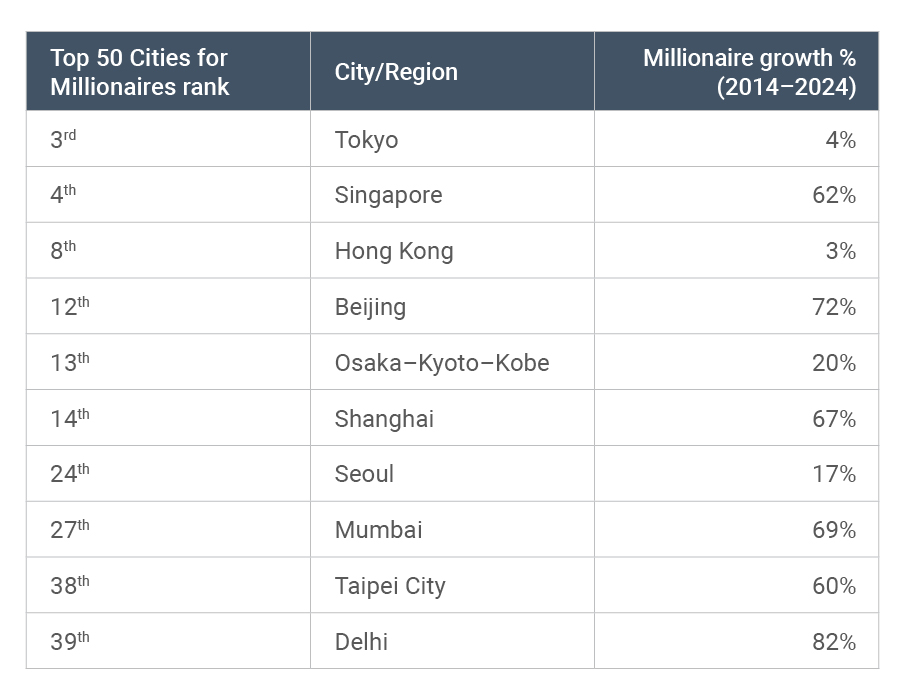
Dr. Tim Klatte is a Partner at Grant Thornton China, advising on corporate compliance matters for multi-national corporations. He also serves as an adjunct professor at Shanghai New York University and the Shanghai University of Finance and Economics.
The emergence of cities such as Guangzhou, Hangzhou, Shenzhen, and Bengaluru has become representative of the broader rise of the Global South, particularly in the context of wealth generation and economic dynamism. As these cities evolve into significant financial and technological hubs, they are reshaping the global economic landscape and challenging the established dominance of the Global North. Understanding the dynamics driving wealth in these regions is crucial for high-net-worth investors, wealth professionals, and policymakers aiming to navigate this transformative era.

Guangzhou stands as a historical trade center in southern China, benefitting from its strategic position along the Pearl River Delta. The city’s wealth generation is primarily driven by its mature manufacturing base, which has transitioned from traditional industries to high-tech sectors including electronics and biomedicine. Also, Guangzhou’s infrastructure investments, such as the Baiyun International Airport and extensive downtown metro networks, facilitate trade and mobility, enhancing its attractiveness for investment.
Hangzhou, home to Alibaba and DeepSeek, has emerged as a global leader in digital commerce and AI technology. The city fosters innovation through its supportive policies for start-ups and established tech companies. The integration of advanced technologies such as AI and big data into traditional industries has created new economic opportunities. Hangzhou’s open and inclusive environment, along with a vibrant tech ecosystem, draws talent from across the nation and beyond, establishing it as a critical node in the global supply chain of digital services.
Shenzhen is often dubbed the “Silicon Valley of China” due to its rapid growth as a technology and innovation hub. According to Henley & Partners’ World’s Wealthiest Cities Report 2025, Shenzhen ranks 1st as the World’s Fastest Growing Wealth Hub with a millionaire growth rate of 142% from 2014–2024. The city is characterized by its entrepreneurial spirit and a favorable environment for start-ups, particularly in fields like telecommunications, robotics, and biotechnology. With global giants such as Huawei and Tencent headquartered here, Shenzhen not only attracts significant domestic investment but also garners international attention, further fueling its economic ascent.
Bengaluru, India’s tech capital, is another crucial player in the wealth generation narrative. The city’s rise is fueled by a combination of a skilled workforce, a burgeoning start-up ecosystem, and the presence of major multi-national corporations. Bengaluru has become a global center for IT services, software development, and innovation, attracting both domestic and foreign investment. The city’s universities and research institutions contribute to a vibrant intellectual environment, which is essential for sustaining its growth trajectory.
The rise of these Asian cities has profound implications for the Global North. As wealth accumulates in new hubs, there is a shift in the global economic center of gravity. High-net-worth individuals and investment funds may increasingly look towards these regions for opportunities, potentially reallocating resources away from traditional hubs like New York, London, and Tokyo. This shift necessitates a reevaluation of investment strategies and wealth management practices. Professionals in the wealth management sector must adapt to the nuances of the Global South, understanding the local markets, regulatory environments, and cultural contexts. Furthermore, governments in the Global North may need to consider policy adjustments to remain competitive, fostering innovation and entrepreneurship in their cities.
The rise of Guangzhou, Hangzhou, Shenzhen, and Bengaluru is also influencing other major cities in Asia, including Beijing, Shanghai, New Delhi, Mumbai, Singapore, Seoul, Taipei, Hong Kong, Tokyo, and Osaka, which rank among the top cities for millionaires. The table below represents the percentage increase of millionaires from 2014–2024, based on the World’s Wealthiest Cities Report 2025. These percentages are expected to rise in the coming years, due to the reverberation of emerging neighboring cities.

The rise of wealth hubs like Guangzhou, Hangzhou, Shenzhen, and Bengaluru marks a significant shift in the global economic landscape. As these cities continue to flourish, their impact will resonate through the Global North and other Asian cities. For high-net-worth investors and wealth professionals, understanding these dynamics is imperative to capitalize on emerging opportunities. By embracing the changes brought about by the Global South’s ascent, stakeholders can position themselves strategically in an increasingly interconnected world.